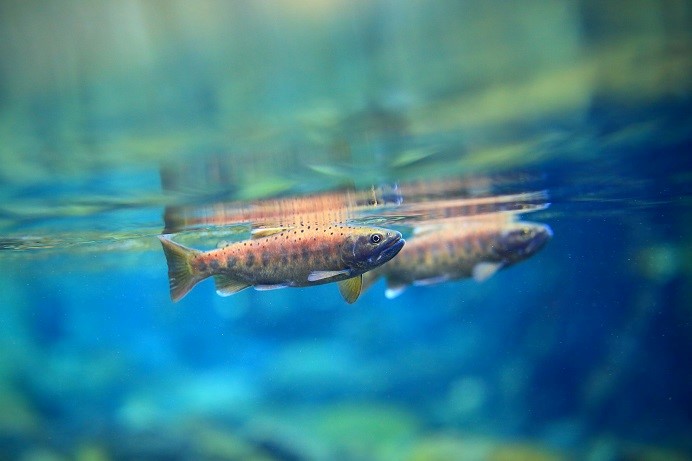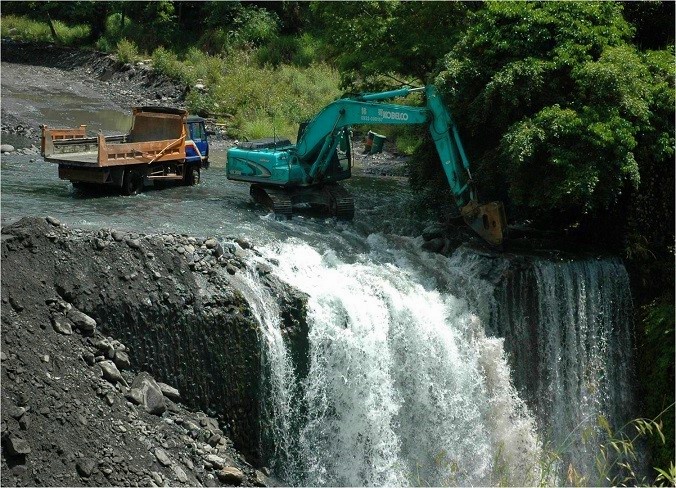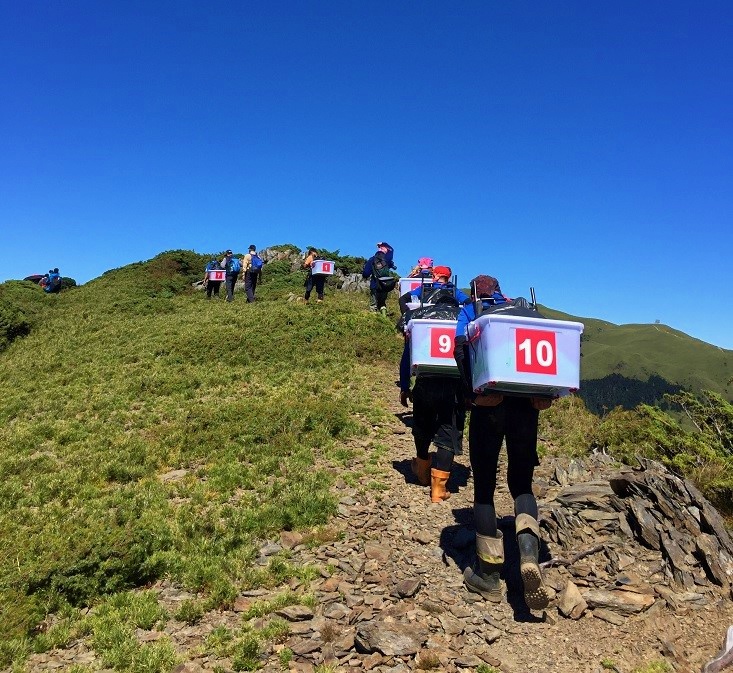The original habitat of the Formosan Landlocked Salmon was the Sea of Japan at high latitudes. It is speculated that 100,000 years ago, very likely due to population expansion, the salmon moved to the southern seas and entered the island of Taiwan. As the ice age ended, the salmon were locked into the rivers of high mountains in Taiwan and evolved into a land-locked freshwater salmon.
According to historical records, Formosan Landlocked Salmon were still seen in Taiwan before the 1980s and mainly inhabited waters below 18°C. They originally inhabited the 10km section of Chichiawan Creek. But with the prevalence of fish poisoning and electrofishing in the early days, as well as the rising temperature of the downstream waters, worsening agricultural pollution, and changes to the habitat, the number of Formosan Landlocked Salmon rapidly decreased and they were forced to migrate to habitats at higher altitudes.

In order to conserve these National Treasure Fish, the Shei-Pa National Park Headquarters started local conservation efforts which included the improvement of five check dams, acquisition of 8.1 hectares of private land, set up of sewage treatment plants, promoting the transformation of Wuling Farm for eco-friendly farming, set up of salmon refuge river courses, and partnering with other agencies to plant trees for afforestation.

the Shei-Pa National Park Headquarters started
local conservation efforts which included
the improvement of five check dams
In the case of ex situ conservation, the expansion of habitat by releasing population groups has taken 20 years and a three-stage project has been established. In the first stage, following the release of 200 fish in the ten-kilometer section of the main habitat in Chichiawan Creek from 20 years ago to this day, this region is now self-reproducing healthy wild populations numbering 3,000 to 5,000, and the release area has expanded to the three historical upstream tributaries of Dajia River. In the future, environmental and ecological education will be further promoted.
Location needs to be taken into consideration for the release of Formosan Landlocked Salmon. Priority goes to the low-current, flood-protected habitats of river sources and tributaries; the release period must be after the typhoon season and before the breeding season, and the area must go through the team's careful monitoring and evaluation for two years.
Beginning last year, Shei-Pa National Park Headquarters and the Taroko National Park Headquarters have been cooperating in promoting the release of Formosan Landlocked Salmon into Hehuan Creek. The release plan is expected to last for 3 years, and the fish will be released in batches and sections each year. Director Liao Lin-yan of Wuling Station said that Hehuan Creek is the historical habitat of the Formosan Landlocked Salmon, and that local Qalang Atayal tribal elders are interested in conserving the fish. Therefore, the Qalang Atayal tribe has also formed the National Treasure Fish Patrol locally for their tribal territory this year. In late September this year, release of the salmon has continued in the Hehuan Creek section of Nantou County.

the Taroko National Park Headquarters
have been cooperating in promoting the release of
Formosan Landlocked Salmon into Hehuan Creek in 2017.

Pre-release procedures are complicated. In the early stage, eggs must be taken from the female fish, and artificially inseminated with semen extracted from the males. The fertilized fish eggs are then carefully placed in the hatching system, and bait acclimating operations must also be carried out. At the same time, the team members must also carry out underwater field research. For each release, the members must carry a fish tank up to 20 kg and carry out the release in sections. Behind each success is the cooperation and partnership of the team members who are on a mission to conserve and safeguard the species.


![Text size [Small]](/media/system/images/font_small.jpg)
![Text size [Medium]](/media/system/images/font_normal.jpg)
![Text size [Large]](/media/system/images/font_big.jpg)




